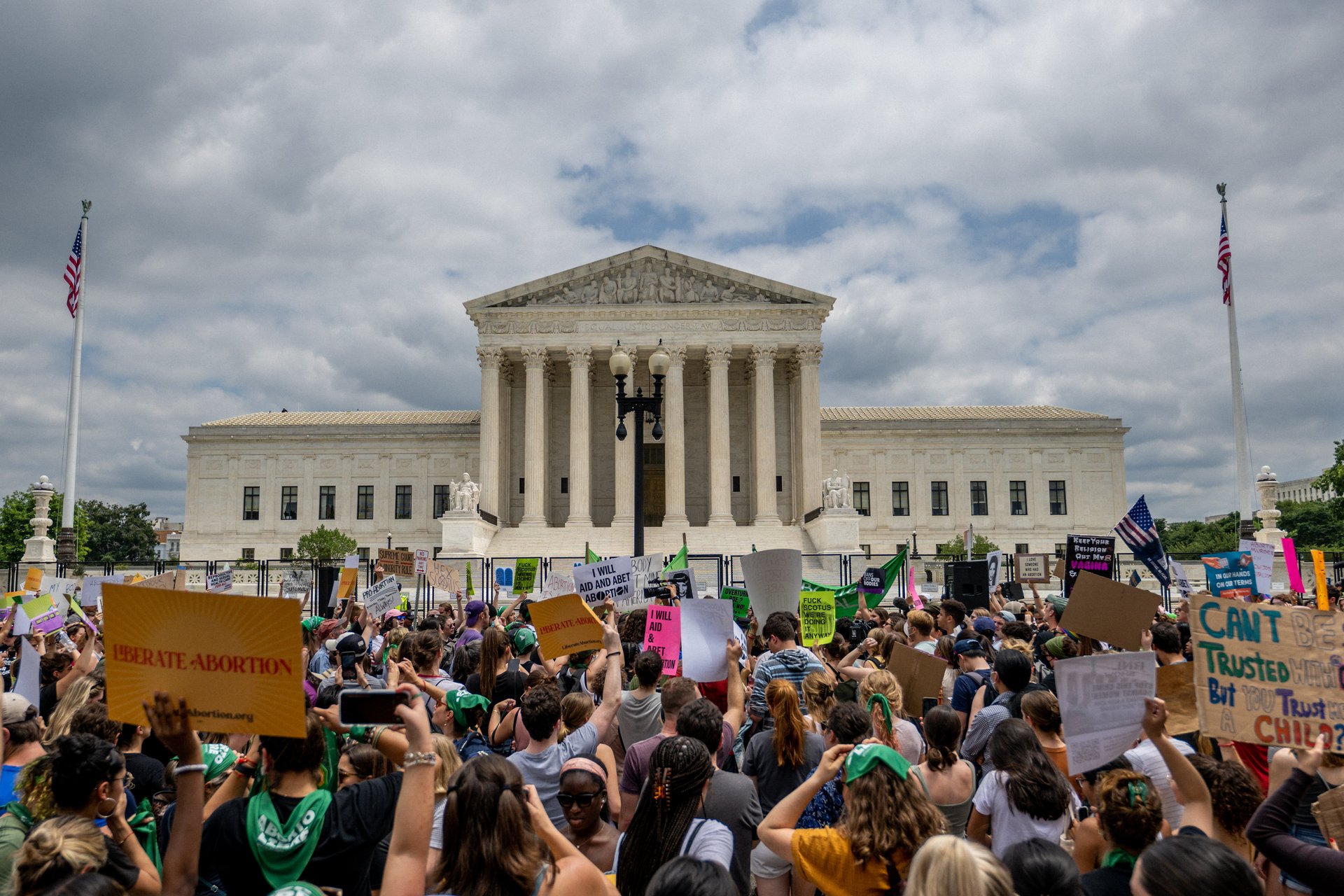How Dobbs affected the number of abortions across the US
A state-by-state breakdown of the estimated change in the number of abortions per month after Dobbs

Since the US Supreme Court’s Dobbs v. Jackson Women’s Health Organization denied access to abortion as a constitutional right, effectively overturning Roe v. Wade in June 2022, several states have seen significant drops in official abortion numbers.
Suggested Reading
Texas, Georgia, and Tennessee are documenting the biggest drops in average monthly number of abortions since mid-2022. Pre-Dobbs, Texas saw an average of 2,720 abortions per month in April and May of that year. That number dropped to an average of 10 per month from July to December 2022, according to the latest report by the Society of Family Planning, an international nonprofit focused on abortion and contraception. Georgia’s average number of monthly abortions fell from 4,235 pre-Dobbs to 2,558 post-Dobbs. Tennessee went from 1,195 abortions per month to just 87.
Related Content
Nationally, there was an average of 5,377 fewer abortions per month from July to December 2022 compared to April and May 2022. The US abortion rate decreased from 13.2 per 1,000 women of reproductive age in April 2022 to 12.3 per 1,000 in the six months following the Dobbs decision.
The data collected for the report includes abortions provided by clinics, private medical offices, hospitals, and virtual-only clinics. The data does not reflect any self-managed abortions, defined as any attempt to end a pregnancy outside the formal healthcare system.
Research by reproductive health think-tank Guttmacher Institute found that the most restrictive countries in the world see 37 abortions per 1,000 pregnancies, while the least restrictive record 34 per 1,000 (pdf, p. 4). In other words, abortion bans don’t curb abortions; they only eliminate the safest options. Further, the states and countries that present more challenges to abortion access typically offer lower access to contraception and sexual education, resulting in higher rates of unwanted pregnancies, and greater need for abortion services.
Where abortions are increasing
The fact that curbing access doesn’t actually reduce the overall number of abortions reveals itself in the increased amount of procedures in other states. Florida, Illinois, and North Carolina all have seen large increases in abortions post-Dobbs, combining for nearly 3,000 more recorded abortions per month since the decision. This is likely because people who live in nearby states like Texas and Tennessee and have the means to travel are seeking abortions in states with fewer restrictions.
